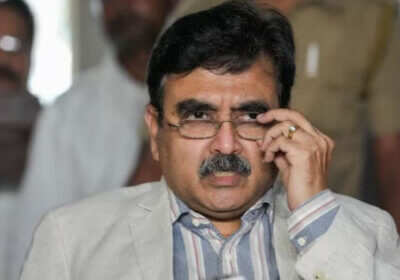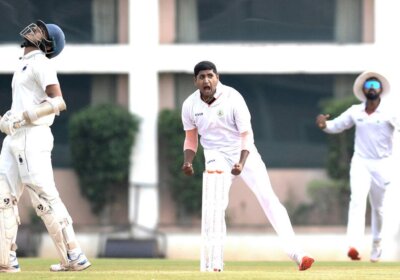Ahead of the grand consecration ceremony in Ayodhya on January 22, the Shri Ram Janmabhoomi Temple Construction Committee has chosen an idol depicting the child form of Lord Ram, known as Ram Lalla. This decision was made after a careful selection process involving the inspection of three crafted idols during a meeting chaired by temple trust Secretary Champat Rai.
The selected idol of Ram Lalla is characterized by eyes resembling lotus petals, a radiant moon-like face, elongated arms reaching the knees, a tranquil smile, and an innate divine simplicity that will undoubtedly make a lasting impression on observers. Trustee Anil Mishra expressed satisfaction with the chosen idol, which will officially be announced in the first week of January.
The idols, crafted by three selected artists using Shyam Shila stone from Karnataka and white marble, measure 51 inches and are designed to represent Lord Ram in his child form, adorned with a bow and arrow as part of the overall decoration. Contrary to speculation, the bow and arrow will not be depicted separately but incorporated into the overall design.
The meticulous craftsmanship of the idols ensures their longevity, eliminating the need for restoration for the next 1,000 years. Prior to the official announcement, the selected idol will undergo a comprehensive examination based on established criteria. This examination will include comparisons with the descriptions of Lord Ram in the Ramcharitmanas and Valmiki Ramayana, as well as testing for any stains or effects caused by worship materials.
The final selection will be based on how well the idol aligns with the scriptures’ descriptions and the purity of its form and expression. The chosen idol aims to capture the essence of Lord Ram’s divine presence, particularly in his 5-year-old Bal Ram form.
In addition to the intricate details surrounding the selection of Ram Lalla’s idol for the upcoming consecration ceremony in Ayodhya, it is crucial to delve into the historical context that has led to this significant event. The journey towards the construction of the Shri Ram Janmabhoomi Temple is deeply rooted in a decades-long legal and social discourse.
The Ayodhya dispute, a protracted legal battle, revolved around the claims and counterclaims regarding the Babri Masjid-Ram Janmabhoomi site. The contested land, believed to be the birthplace of Lord Ram, became a focal point of tension between Hindu and Muslim communities. The dispute reached its zenith in 1992 when the Babri Masjid was demolished by a group of activists, leading to widespread communal unrest.
Following years of legal battles, the Supreme Court of India, in a historic verdict in November 2019, granted the disputed land to Hindus for the construction of the Ram Janmabhoomi Temple. The decision aimed at fostering communal harmony and resolving one of the most contentious issues in Indian history. Subsequently, the Shri Ram Janmabhoomi Teerth Kshetra Trust was established to oversee the temple’s construction.
The meticulous selection of Ram Lalla’s idol and the upcoming consecration ceremony represent a significant milestone in the realization of a unified vision for the temple, promoting peace and inclusivity after years of strife. This historical journey underscores the cultural and religious importance of Ayodhya, making the impending event a symbol of collective aspirations and reconciliation.























Leave a Reply